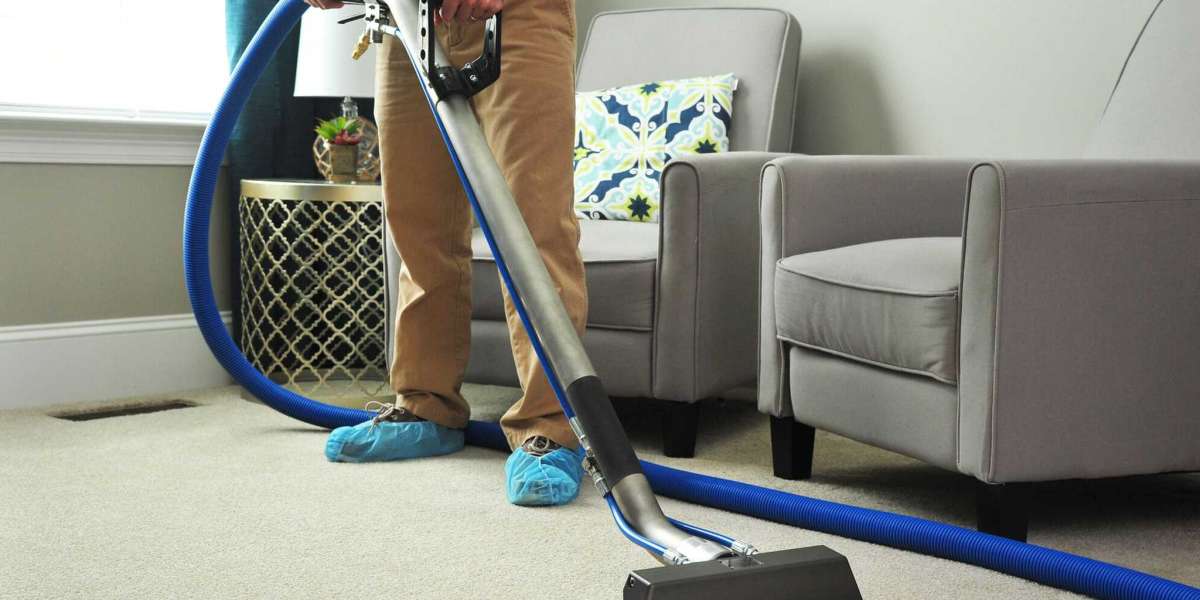The electrical panel is the core of your home’s power system, safely distributing electricity to every outlet and device. As homes age and energy demands increase, outdated or undersized panels can cause frequent breaker trips, safety hazards, or even code violations. When faced with this, homeowners often ask whether an electrical panel upgrade is sufficient or if they need to replace the panel entirely
Knowing the differences between an electrical panel upgrade and a full replacement can help you make an informed decision to ensure safety, efficiency, and future readiness.
What Is an Electrical Panel Upgrade?
An electrical panel upgrade increases your panel’s capacity to handle modern loads. In San Bernardino County CA, Sargent Electric Co upgrades older 60–100 amp panels to 150–200 amps or more, supporting today’s appliances safely.
Upgrading your panel often means:
- Installing a new main breaker or breaker box with higher amperage
- Adding additional circuit breakers to accommodate more electrical circuits
- Bringing wiring and connections up to current electrical codes
The primary advantage of upgrading is that it increases your home’s power capacity without the need for a full panel replacement. It’s generally faster and more affordable, making it a popular choice when your existing panel is in good condition but needs a boost.
What Does Electrical Panel Replacement Involve?
Replacing your electrical panel means completely removing the old panel, breakers, and associated components, then installing a new panel system from scratch. This is often necessary if the existing panel is:
- Outdated or known to be unsafe, such as panels from certain manufacturers that have documented failure rates
- Physically damaged, corroded, or showing signs of overheating
- Insufficient for your electrical needs even after an upgrade
- Part of an extensive rewiring project during major home renovations
A full replacement provides a clean slate, ensuring your entire electrical distribution system complies with the latest safety standards and local codes. While the cost and time commitment are higher than an upgrade, it offers maximum safety, reliability, and flexibility for future expansions.
When Should You Consider an Electrical Panel Upgrade?
Consider upgrading your panel if:
- Your breakers trip frequently due to increased electrical load
- You’re adding new circuits for small-scale additions like extra outlets or lighting
- Your panel box and wiring are still in good shape, without corrosion or damage
- You want a cost-effective way to increase electrical capacity without major renovation
Upgrades are ideal for homes built in the last few decades that don’t show signs of electrical wear and tear but require more power for modern living.
When Is a Full Panel Replacement Necessary?
A full replacement is recommended when:
- Your panel is obsolete or has safety concerns, such as outdated fuse boxes or recalled breaker panels
- You plan major home additions or want to install high-demand equipment like electric vehicle chargers or whole-house generators
- Your current panel shows physical damage like rust, burnt wiring, or overheating
- You want to future-proof your home with a completely new electrical system that meets all current codes
Replacing the panel is the safest option to prevent electrical fires and ensure a reliable power supply for years to come.
How to Decide: Upgrade or Replace?
Choosing between an upgrade and replacement depends on your home’s current electrical condition, your power needs, and budget. It’s essential to consult with a licensed electrician who can inspect your system and recommend the best solution tailored to your home.
Professionals will evaluate the panel’s condition, load capacity, and compliance with local electrical codes to guide your decision, ensuring safety and efficiency.
Conclusion
Both electrical panel upgrades and replacements are effective ways to modernize your home’s electrical system. Upgrading is a quicker, less expensive solution that boosts capacity when your existing panel is in good condition. On the other hand, full replacement offers a comprehensive safety upgrade, essential for older or damaged panels and for future-proofing your home.
Making the right choice protects your home, enhances electrical performance, and prepares your system for evolving energy needs.
Frequently Asked Questions (FAQs)
- How much does an electrical panel upgrade cost?
Costs generally range from $1,000 to $3,000, depending on the panel size and complexity. - How long does a panel replacement take?
A full replacement usually takes 1 to 3 days, depending on the job scope. - Can I upgrade my panel myself?
Electrical panel work is complex and hazardous; professional installation is strongly recommended for safety and code compliance. - How do I know if my panel is outdated or unsafe?
Signs include frequent breaker trips, visible rust or damage, use of obsolete brands, or if your home is more than 30 years old without updates. - Will upgrading my electrical panel increase my home’s value?
Yes, modern electrical systems improve safety and capacity, making your home more attractive to buyers.







